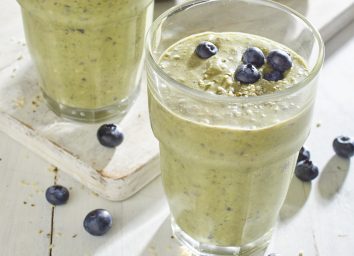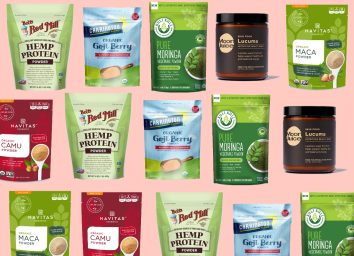7 Fat-Burning Foods That Stop Cravings Instantly
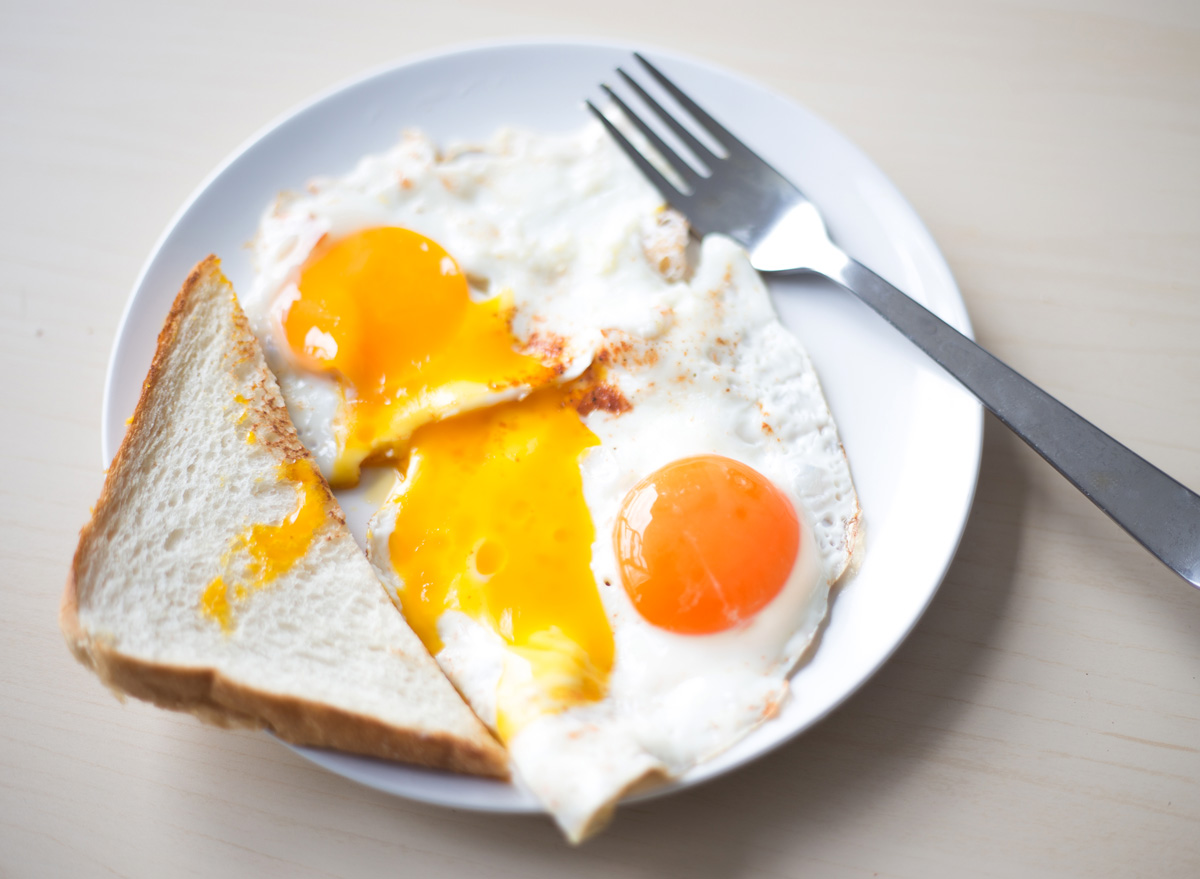
If you find yourself hunting the back corners of your pantry for a cookie around 10:00 p.m., it's probably not your belly that's sending you there: It's your brain. Like a three-year-old that won't get off the swing set, your brain wants a rush—a sugar rush, that is—and it will put up a fuss until it gets it. This is why having a few fat-burning foods in your arsenal that you can turn to will be helpful to stop cravings for good.
In fact, it's insulin—the hormone responsible for sweeping sugar out of the blood (and, often, storing it as fat)—that your brain wants to generate, according to recent studies. Sugary foods spike insulin; researchers at New York University reported that when insulin spikes, it triggers the release of dopamine, the neurotransmitter that controls the brain's reward and pleasure centers. The more insulin that's in play, the more dopamine that's released, according to 2015 animal studies reported in the journal Nature Communications.
But there are ways to raise dopamine levels and prevent those sugar cravings. In particular, the amino acid tyrosine (a building block of protein) has been shown to encourage the brain to release dopamine and another neurotransmitter, norepinephrine. So instead of turning to those sugary foods when you're craving something, here are the best sources of tyrosine to turn to instead that will squash late-night cravings. And for more healthy eating tips, be sure to check out our list of 7 Healthiest Foods to Eat Right Now.
Eggs
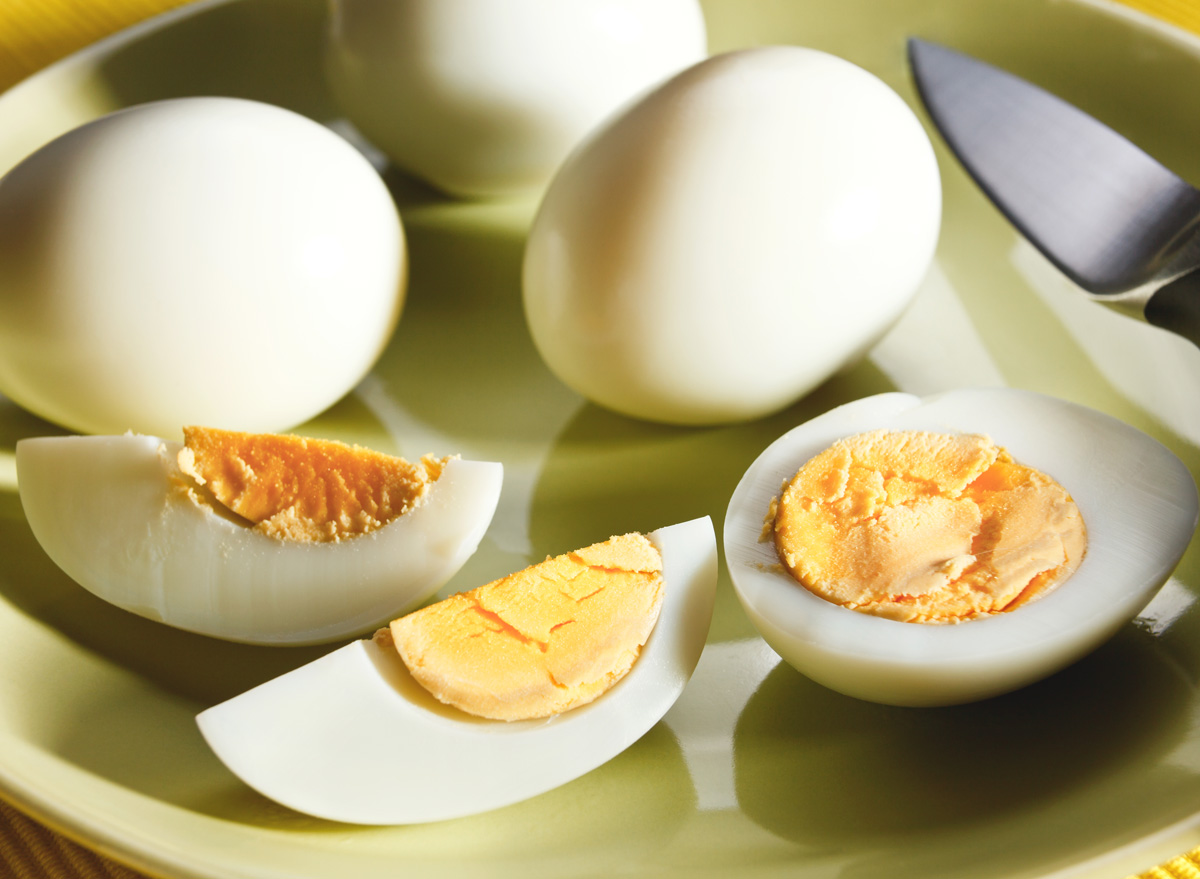
Making an omelet? Forget separating the white from the yolk and embrace the whole egg! The healthy fats within the yolks can help you feel fuller longer and curb cravings, explains Kayleen St. John, MS, RD. Not to mention, choline—a belly fat-blasting nutrient—is only present in the orange part of the egg, rather than the whites. Next time you're whipping up a scramble, crack the egg yolk and all into the pan.
Here are 71+ Best Healthy Egg Recipes for Weight Loss to get you started.
Spirulina

This protein-packed blue-green alga is brimming with energizing thiamine (vitamin B1), as well as calcium and iron. Add it to your morning smoothies for a free radical-fighting antioxidant boost.
Read more: What Is Spirulina, and Should You Try It?
Cheese
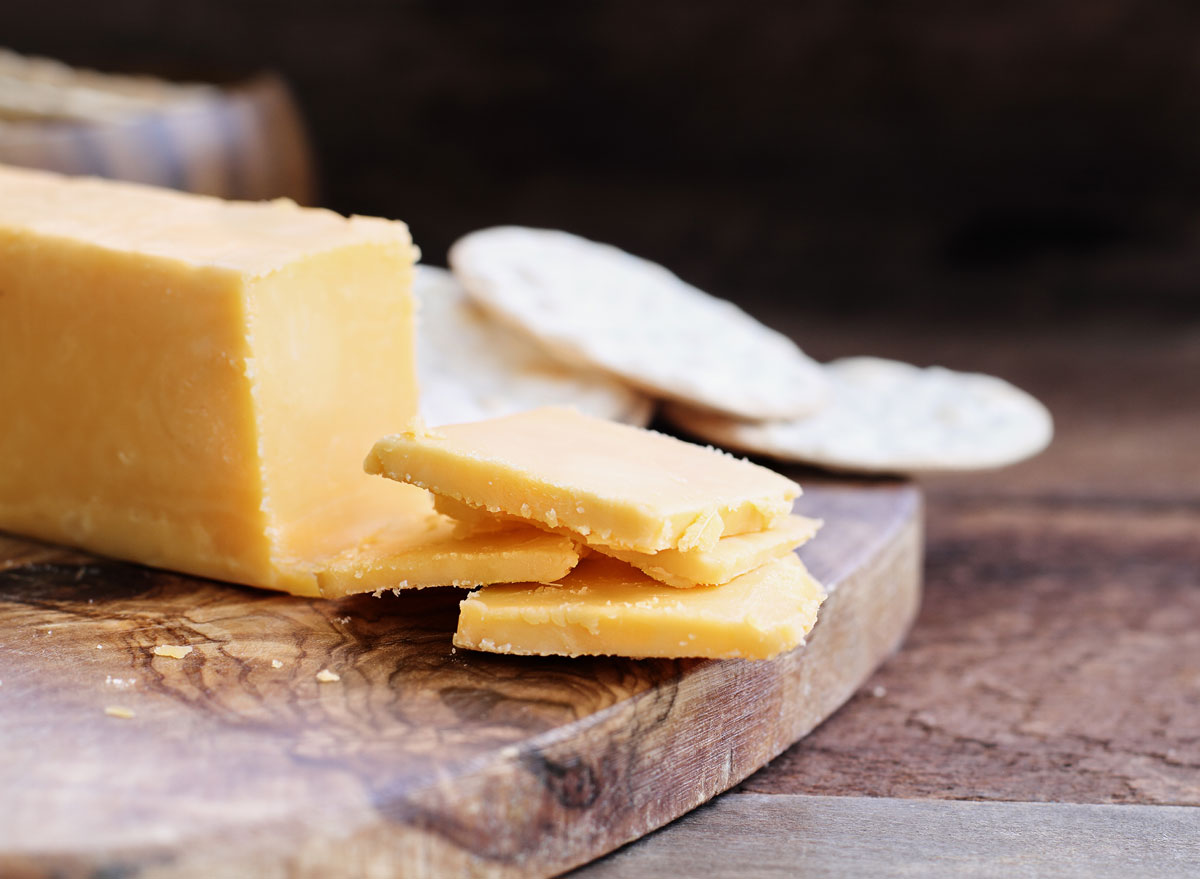
Cheese is an excellent source of protein, calcium, vitamins, minerals, and fatty acids, and it helps slow down the absorption of sugar and carbohydrates, leading to consistent energy levels and improved brain function. It may also help lower your risk of diabetes: people who eat a lot of high-fat dairy products actually have the lowest incidence of diabetes, according to a 2015 study of 26,930 people in the American Journal of Clinical Nutrition. Those who ate a lot of low-fat dairy products had the highest incidence. The researchers speculated that while calcium, protein, vitamin D, and other nutrients in cheese are indeed good for us, we need the fat that goes along with them in order to get their protective effects. Just make sure it's real, full-fat cheese, and not wood chips.
Speaking of cheese, Here's How Much Protein Is In Every Type of Cheese.
Milk
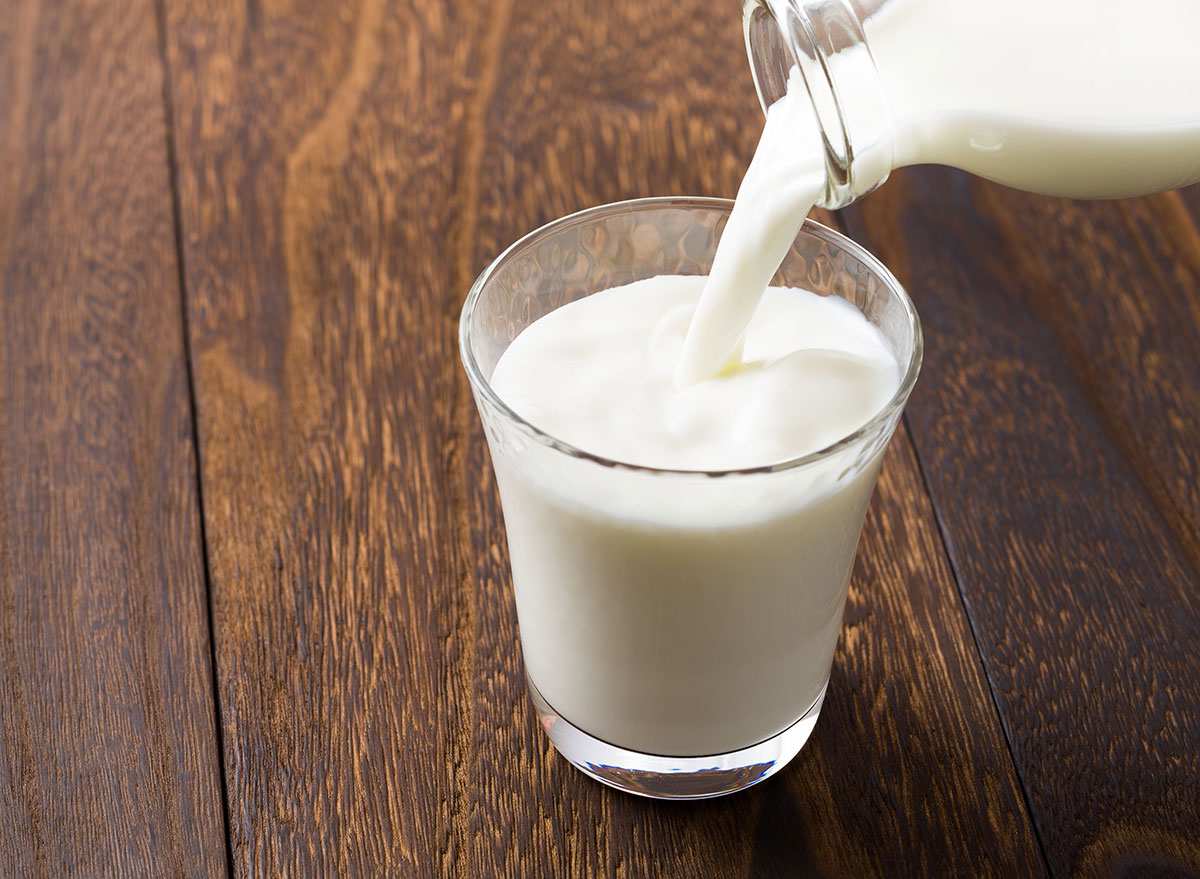
Got fat? While full-fat dairy packs more calories, it's also more filling. That may help explain why a 2013 study review in the European Journal of Nutrition found that people who eat fatty stuff are less likely to suffer from obesity than those who try and skip the calories and fat with low-fat dairy. The study authors also found no ties between full-fat dairy and heart disease or diabetes. Ironically, some acids in milk fat—ones you don't get from zero-fat varieties—may crank up your body's calorie-burning centers, says study coauthor Mario Kratz, PhD, an epidemiologist at the University of Washington.
Sesame seeds
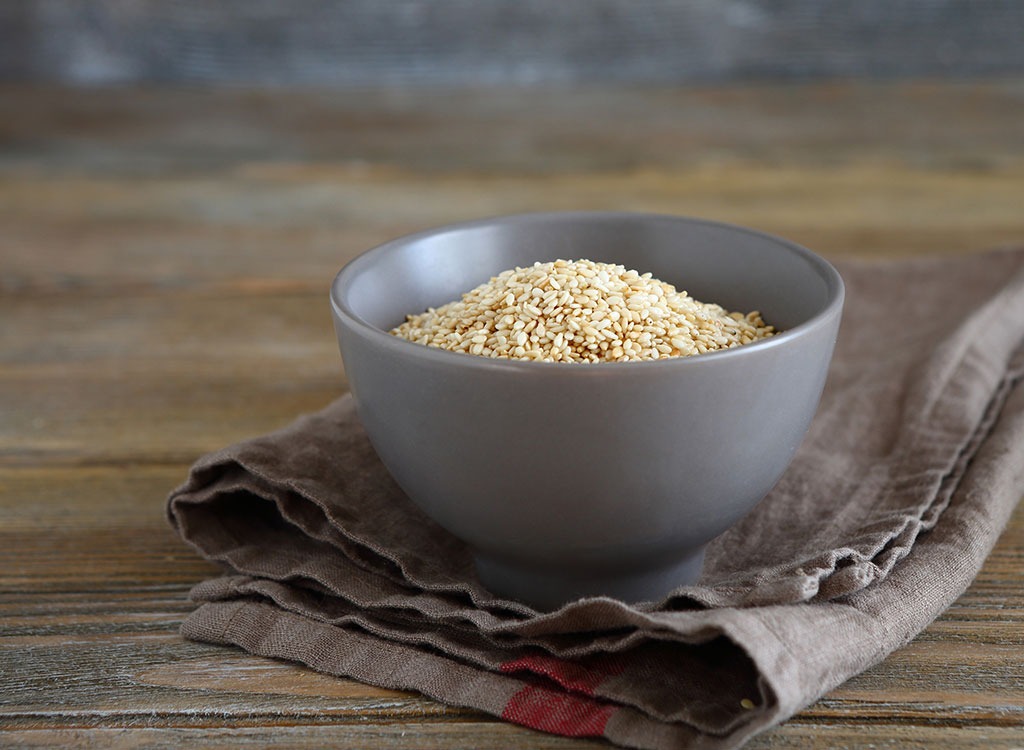
Sesame seeds contain more phytosterols than any other seed or nut. According to the clinical nutritionist Dr. Josh Axe, they "can be used to treat arteriosclerosis, a disease characterized by fatty buildup within the arteries," thus regulating the body's cholesterol and potentially replacing some of it (due to their similar structures).
And if you're still not convinced: Sesame seeds can help your skin! In addition to vitamin B, tahini contains vitamin E, trace minerals, and fatty acids that can increase skin cell rejuvenation and inhibit signs of aging.
Beef
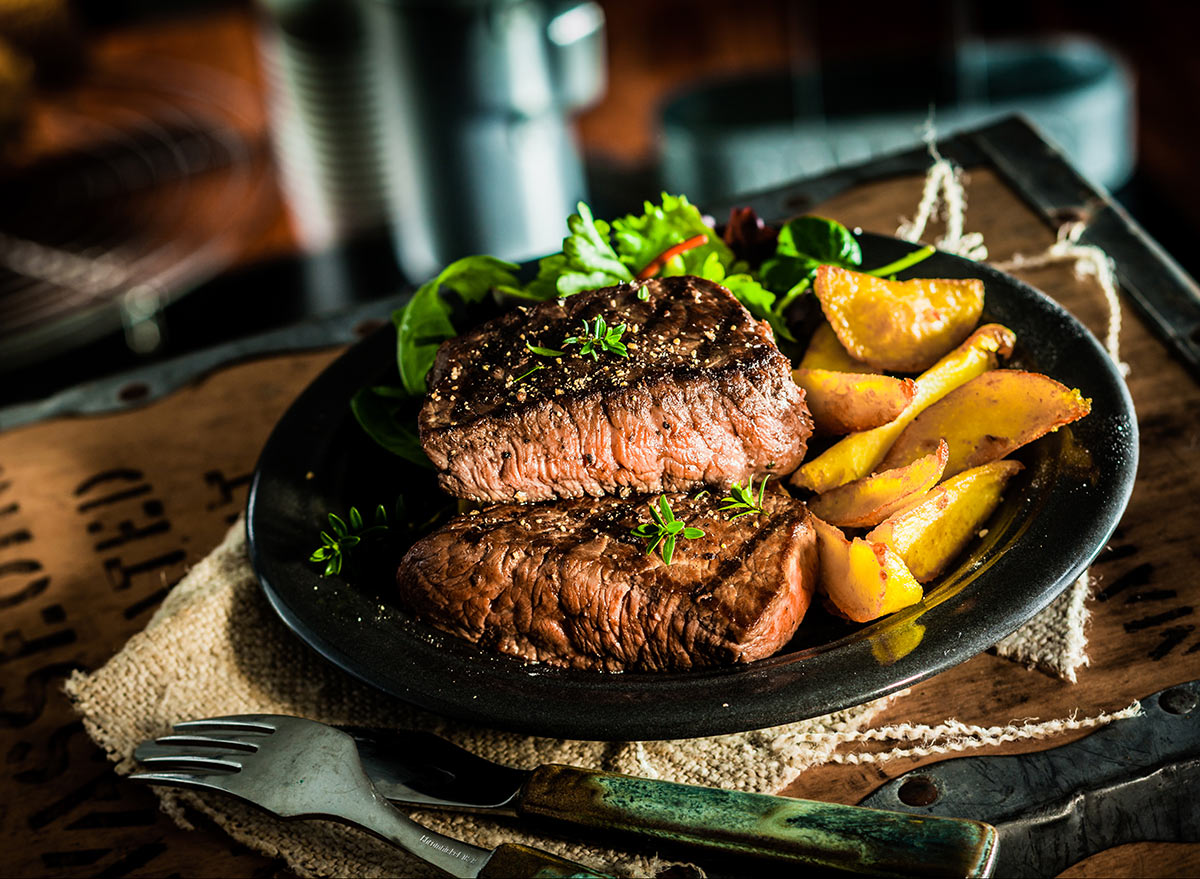
"As we age, we start to lose muscle mass, but we're still able to build and maintain. I do strength exercises and cardio exercises, but they won't be as beneficial without sufficient protein," says Maria-Paula Carrillo, MS, RDN, LD. Grass-fed beef, a potent protein source, contains more omega-3s as well as fat-burning CLA than its grain-fed counterparts.
Bacon

You read that right. Even bacon can be healthy! We recommend going with old school, full-fat pork. While opting for turkey bacon will save you about 13 calories and a gram of fat per slice, it also adds sodium to your plate—which can lead to high blood pressure. Plus, pork offers more protein and heart-healthy monounsaturated fatty acids (MUFAS) than its poultry-based counterpart. Bear in mind that no matter which option you add to your breakfast plate, serving size matters, so don't pig out. A few slices are all you need.
Here are 19 Sneaky Ways to Use Bacon.
